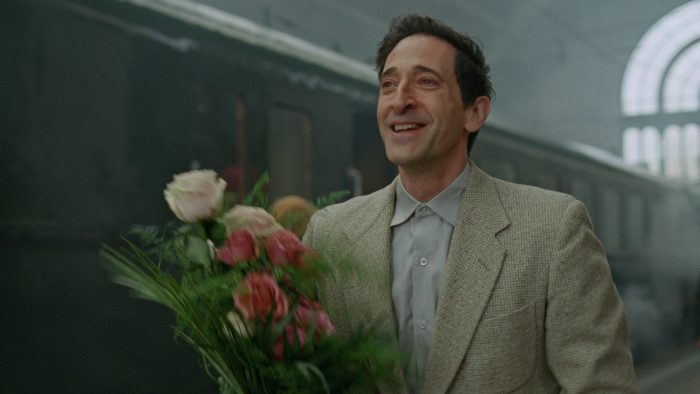‘The Lady of the Lake’ stars Seth Gilliam, Chris Roach, Taylor Red Fox, and Veronica Kelly come out to show support.
The Long Island Music and Entertainment Hall of Fame (LIMEHOF) honored director Maria Capp (originally from Ronkonkoma), and screened her latest film, The Lady of The Lake: The Legend of Lake Ronkonkoma, on Saturday, April 19 at the museum, located at 97 Main Street in Stony Brook. This event was the lead-off film of LIMEHOF’s recently announced Monthly Local Filmmakers Series, which turns the spotlight on Long Island-based directors and their films.
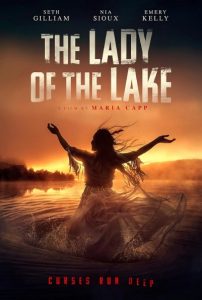 Capp flew out from Los Angeles to participate in the event and was joined on stage by some of the film’s stars, including Seth Gilliam, Chris Roach, Taylor Red Fox, and Veronica Kelly for a Q&A after the screening. They all spoke about being part of the film.
Capp flew out from Los Angeles to participate in the event and was joined on stage by some of the film’s stars, including Seth Gilliam, Chris Roach, Taylor Red Fox, and Veronica Kelly for a Q&A after the screening. They all spoke about being part of the film.
“I think it’s wonderful, and I’m really grateful to everybody who has opened their arms and provided this opportunity to be the first film in the film series,” said Capp. “It’s really important what’s being done—and that is to keep arts in the community and bring local artists to the forefront. It’s been really quite an enjoyable experience and a pleasure working with everybody here.”
Seth Gilliam, perhaps best known for his roles in The Walking Dead and The Wire, plays Adam Schultz, the main character’s father, in Lady of the Lake. He says it was great to screen and watch it with a local Long Island audience.
“The crowd was really attentive and seemed to really dig it, and that makes it all worth the price of admission to me,” Gilliam said. “I wanted to be part of a coming-of-age story, but I’ve long since ‘come of age’—so being the father was the only role that I could actually play. I was drawn to it [the film] because of Maria Capp’s passion for the project and need to tell the story, and I wanted to be a part of it.”
Chris Roach is a comedian from Ronkonkoma. He says he was aware of the real legend of the lake and wanted to be part of the film when Maria told him about it.
“She sent me the script and I really liked the role,” Roach said. “He’s a guy who adds some comic relief to the movie, which is something I really love doing. Being a proud Long Islander, it’s important to come out and represent whenever you can. This was extra special because I had a little part in it—and I love Maria and her family.”
Taylor Red Fox is an actress who has recently appeared in the TV series Manifest, has acted in off-Broadway theater, and is also a member of The Shinnecock Nation. She plays Tahoma in Lady of the Lake.
“I’m excited that we’re all here as Long Island community members and we can help add to the artists in the area,” Red Fox said. “We were able to portray a side of the story that wasn’t disrespectful or dishonoring the memories of anyone living in the area. It was great working with Maria and Seth and the other actors, and I love that we were able to include actors who are local from the area in ways they may already be involved in the community—like being a comedian.”
The film series is sponsored by Rick Eberle of Magnetic Vine and G&R Events. LIMEHOF Vice Chairman Tom Needham organized the event and emceed the Q&A that followed the screening.
“The LIMEHOF Monthly Local Filmmaker Series is a celebration of the incredible filmmaking talent emerging from our region,” said Needham. “Each month, we showcase the creativity, passion, and dedication of local filmmakers—providing them with a platform to share their work and connect with audiences who appreciate the power of storytelling. This series is an important part of our mission to support the arts and highlight Long Island’s impact on the entertainment industry.”
For over 20 years, Maria has worked in film and with the arts community on Long Island, NY and in Los Angeles, CA in a variety of roles as an award-winning writer, director, producer, and acting coach. In addition to The Lady of the Lake, she has been involved as a producer with many notable movie credits which include narrative features in the storytelling: Reach, DIVOS!, Four Cousins and a Christmas, and the Weekly World News Studios’ The Zombie Wedding.
The Lady of The Lake: The Legend of Lake Ronkonkoma is a Native American folklore thriller distributed by Vision Films Inc. This film was shot on location, in around filmmaker Maria Capp’s childhood hometown Ronkonkoma, and stars Seth Gilliam (The Walking Dead) and Nia Sioux (Dance Moms) as, respectively the father and daughter protagonists. Also featured are Larry Saperstein (High School Musical: The Musical [TV Series]), Emery Kelly (Netflix’s Alexa & Katie), Steven Thomas Capp (Fat Camp), and Julie Dove (Days of our Lives).
The next director to be recognized in the series is Sean King from Huntington on Saturday, May 17 at 1 p.m. Sean will be screening his latest film ScreamWalkers and be accompanied by Glenn McBride Jr. (Actor), Celia Spero (Actor), and Peter Bune Jr. (Producer). LIMEHOF welcomes nominations of local film directors and movies for consideration to feature in the series. For more information, visit the LIMEHOF website at https://www.limusichalloffame.org/

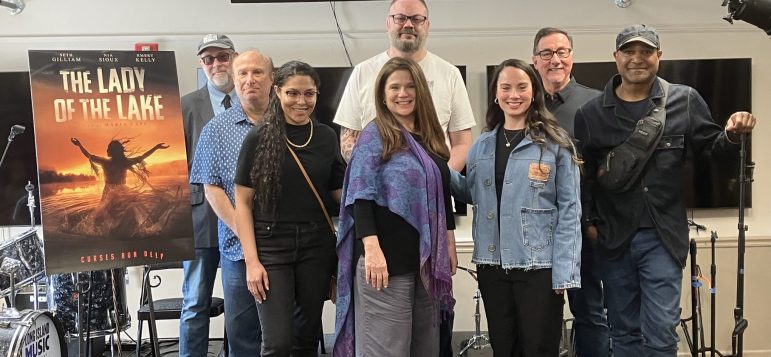

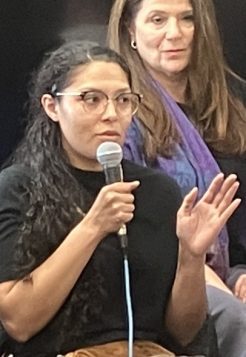
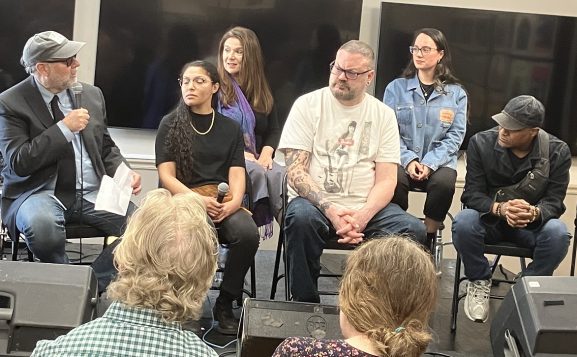


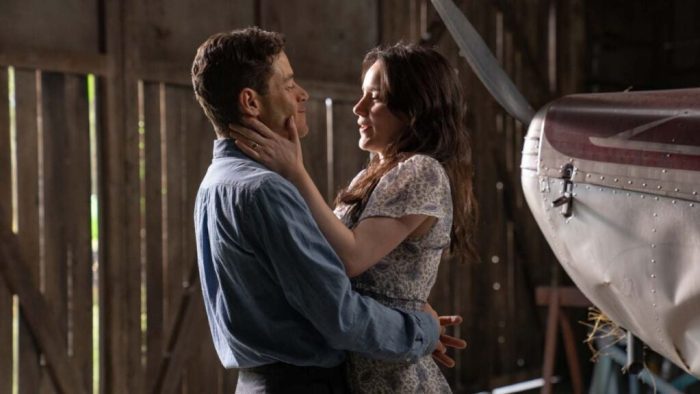
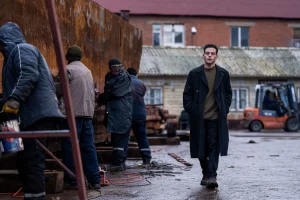

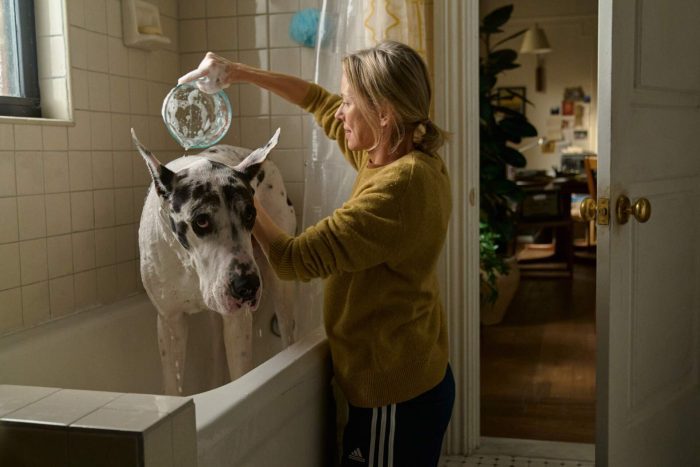


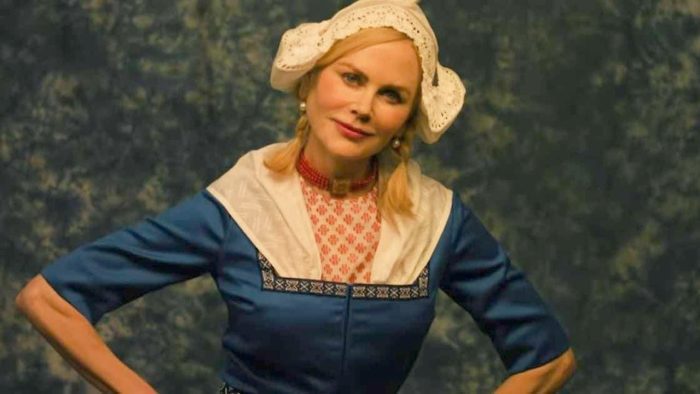
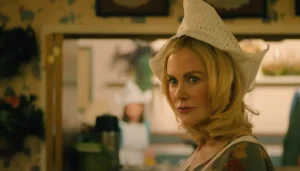
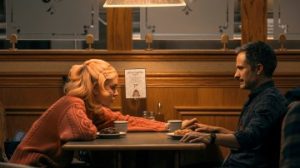
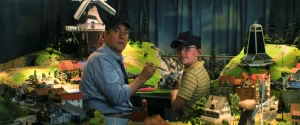
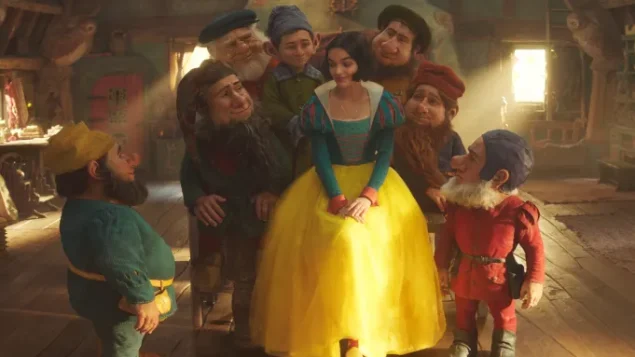
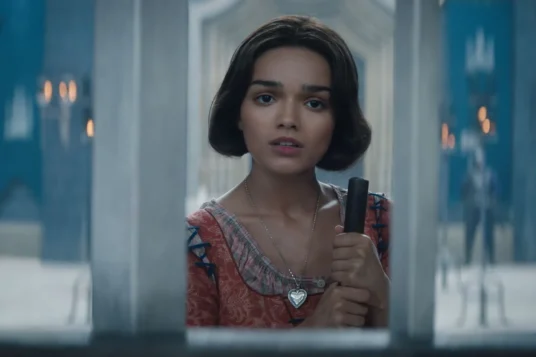
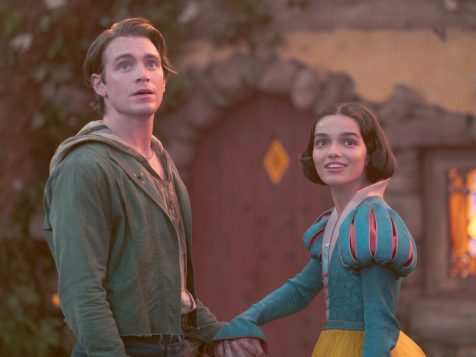
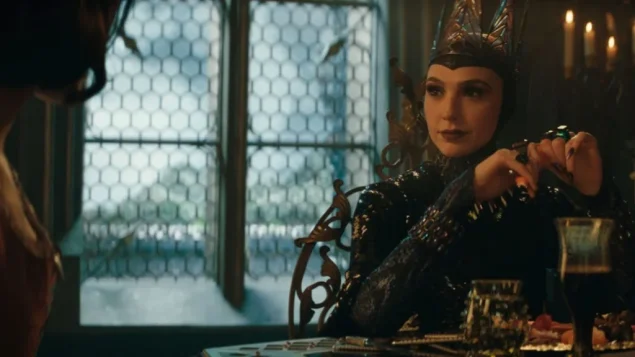
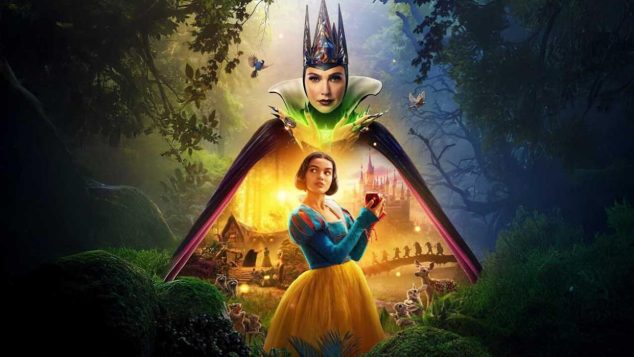
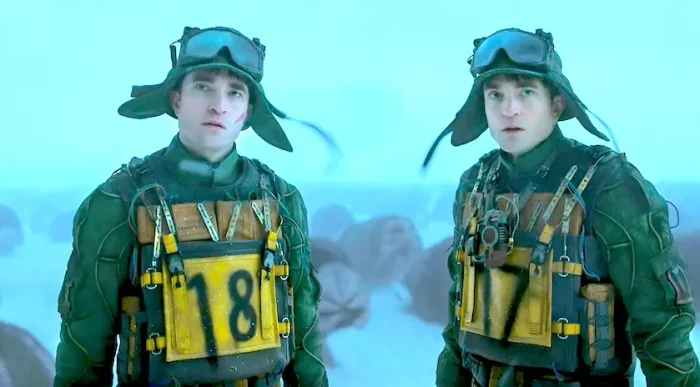

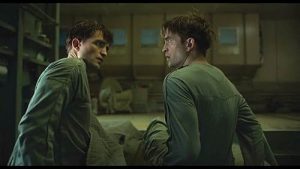
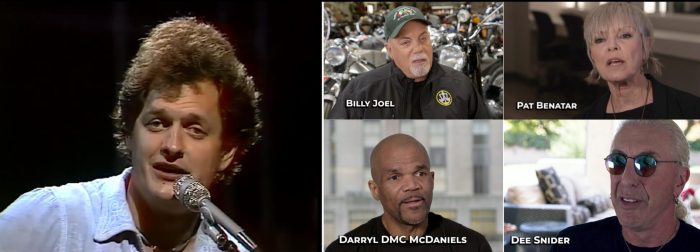
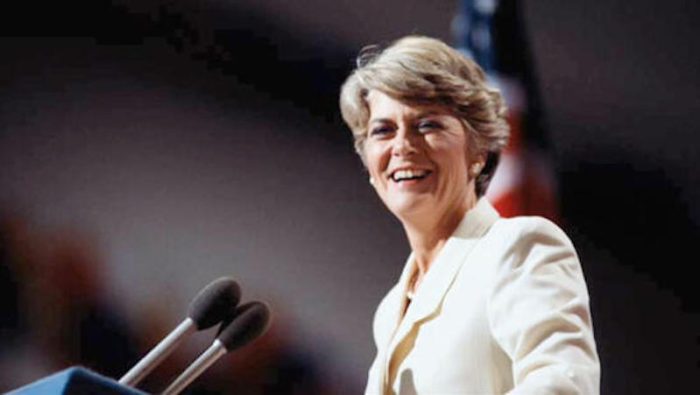
 Geraldine Ferraro: Paving the Way is a feature-length documentary about the life of the trailblazing woman who made history in 1984 as the first female Vice Presidential nominee on a major national party Presidential ticket.
Geraldine Ferraro: Paving the Way is a feature-length documentary about the life of the trailblazing woman who made history in 1984 as the first female Vice Presidential nominee on a major national party Presidential ticket.